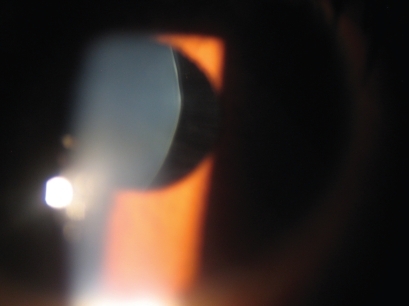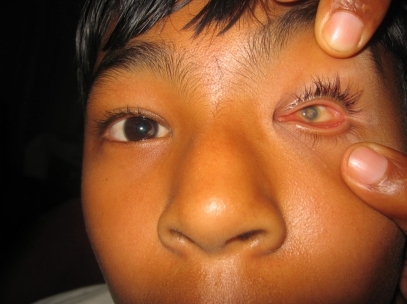Figures & data
Figure 3 A patient with cataract is taken to theatre for cataract operation. Her right eye is prepared by retrobulbar anesthesia.
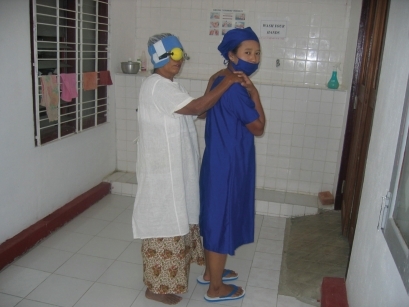
Table 1 WHO categories of vision among the children
Table 2 Anatomical sites of abnormality leading to visual impairment
Figure 5 Bilateral severe corneal scarring and left symblepharon in a 45-year-old. The etiology is most probably infectious in origin (trachoma).
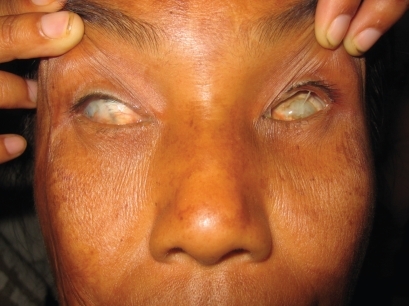
Figure 6 A 31-year-old man, three years after third degree face burn. He was neglected and had no medical treatment for his bilateral lagophthalmus, right missing lower lid, left lower lid ectropion which resulted with chronic conjunctival inflammation and corneal scarring.
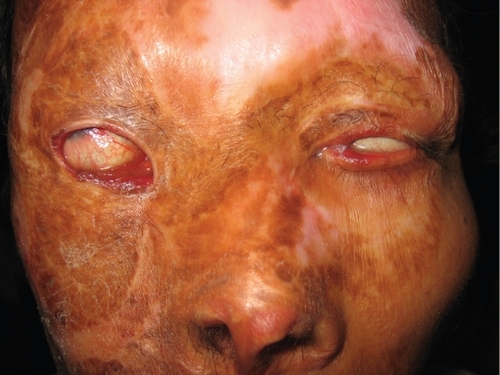
Figure 7 A 21-year-old male with bilateral severe corneal opacity related to measles infection. His vision is bilateral with no light perception.
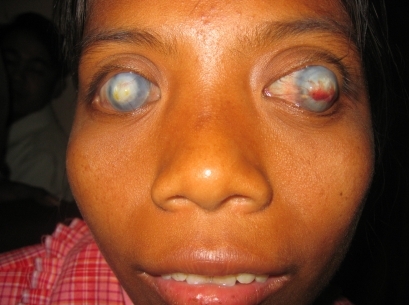
Figure 9 A 17-year-old woman with isolated blepharophimosis syndrome. She developed occlusive bilateral amblyopia of 6/18 in both eyes. We operated on both eyes (levator resection) to open her visual axis.
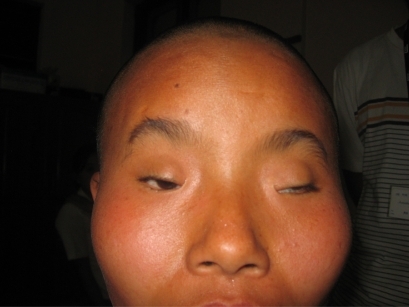
Table 3 Causes of visual impairment by age groups using etiological classification
Table 4 Causes of avoidable blindness among patients


